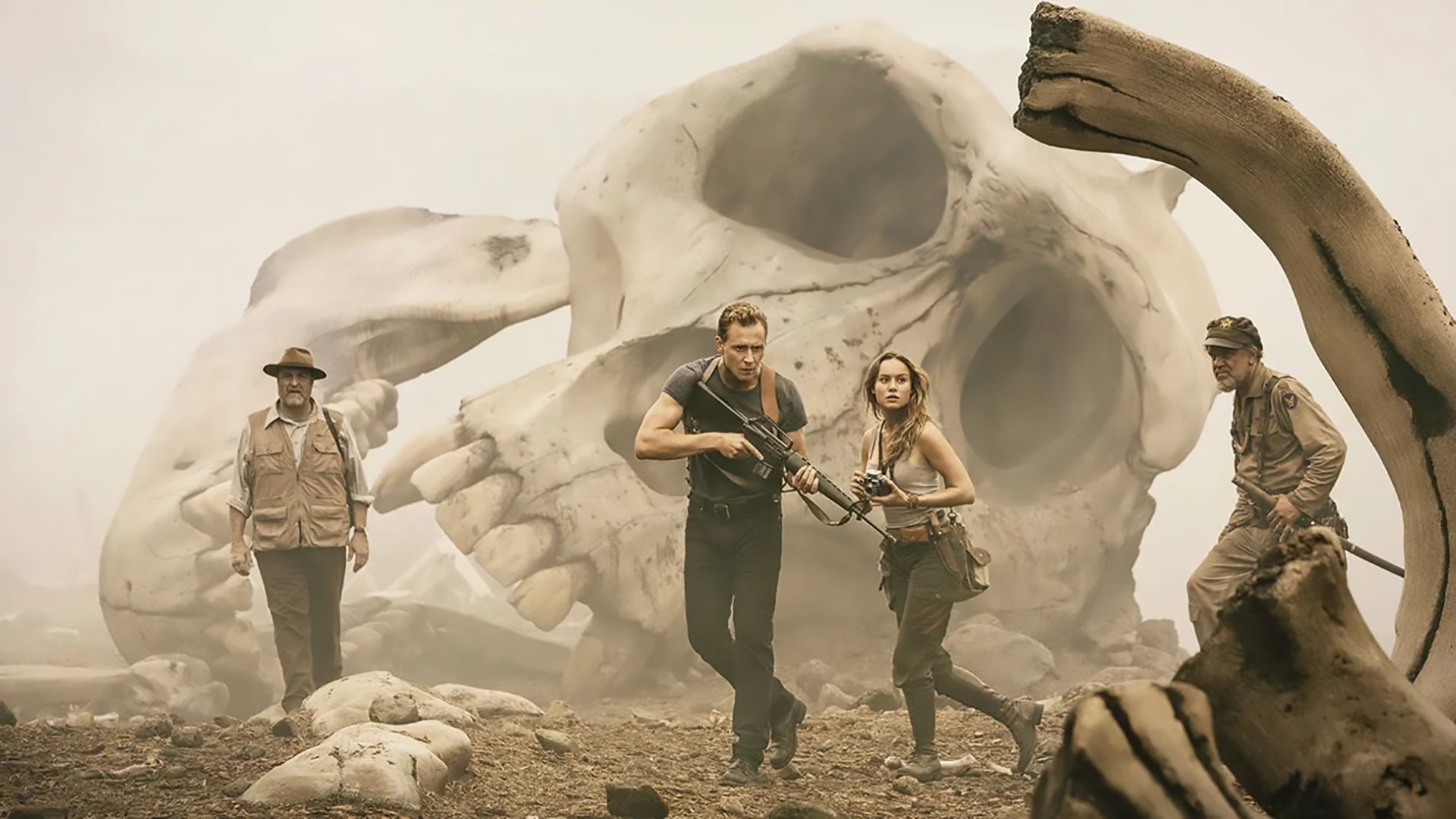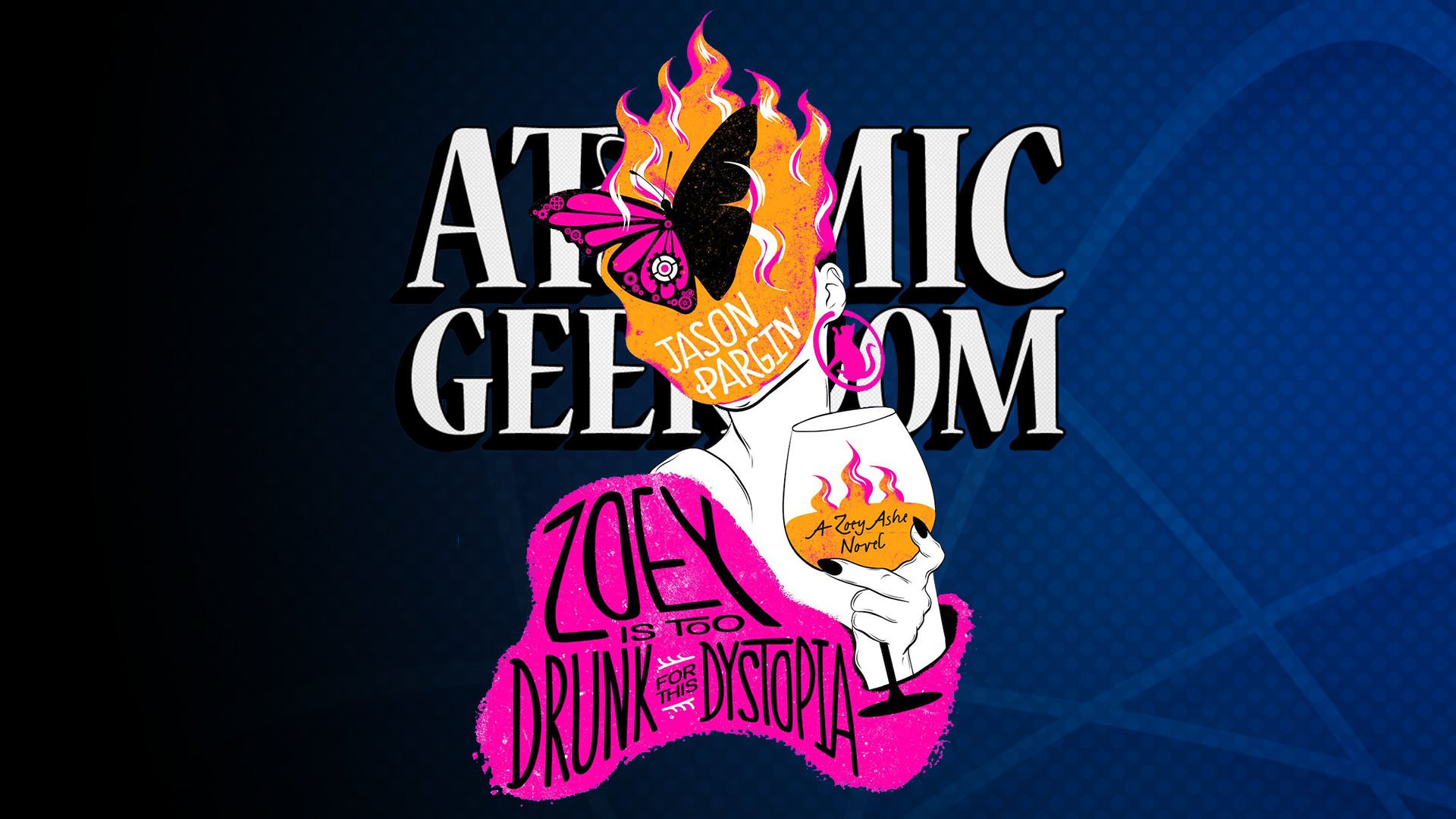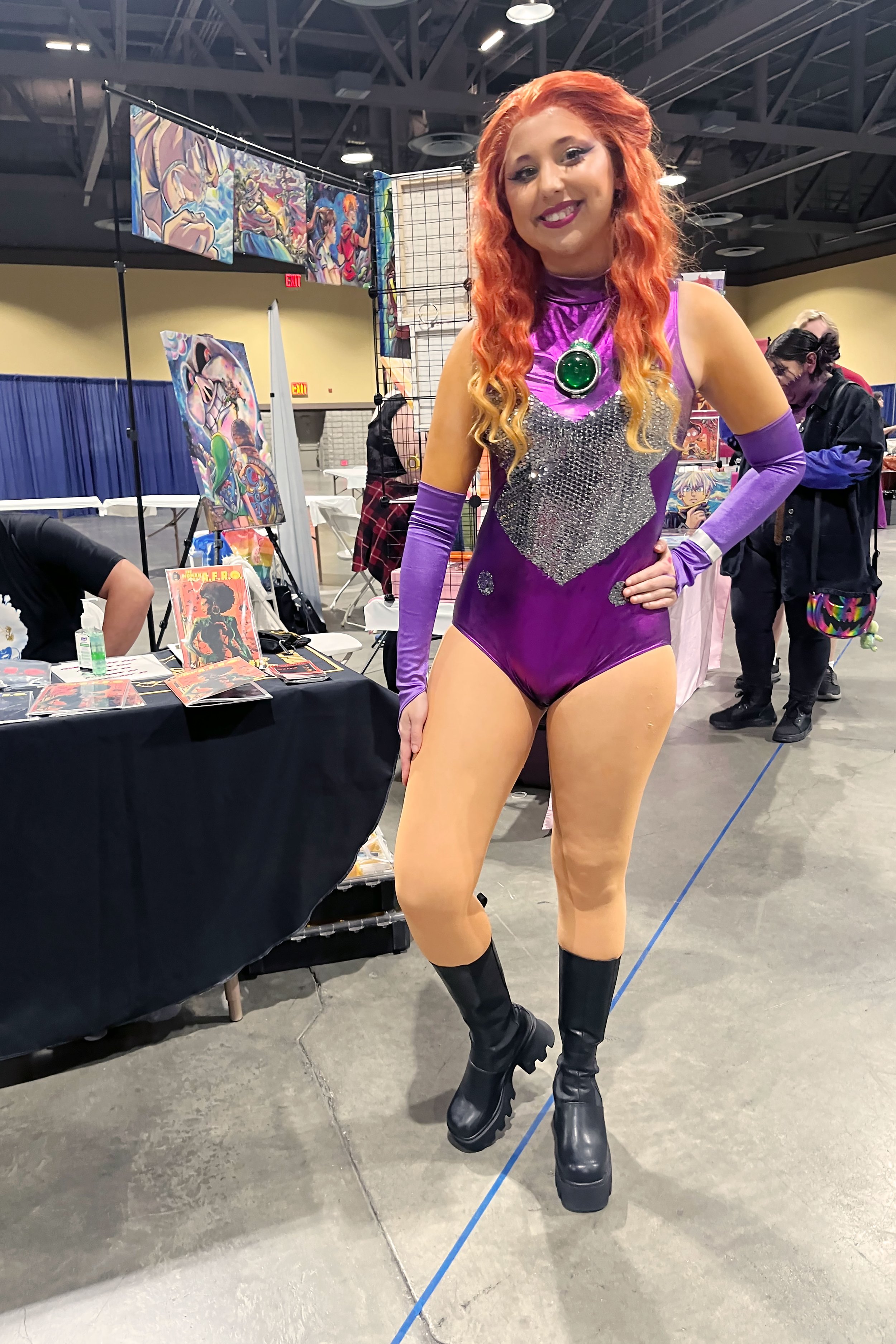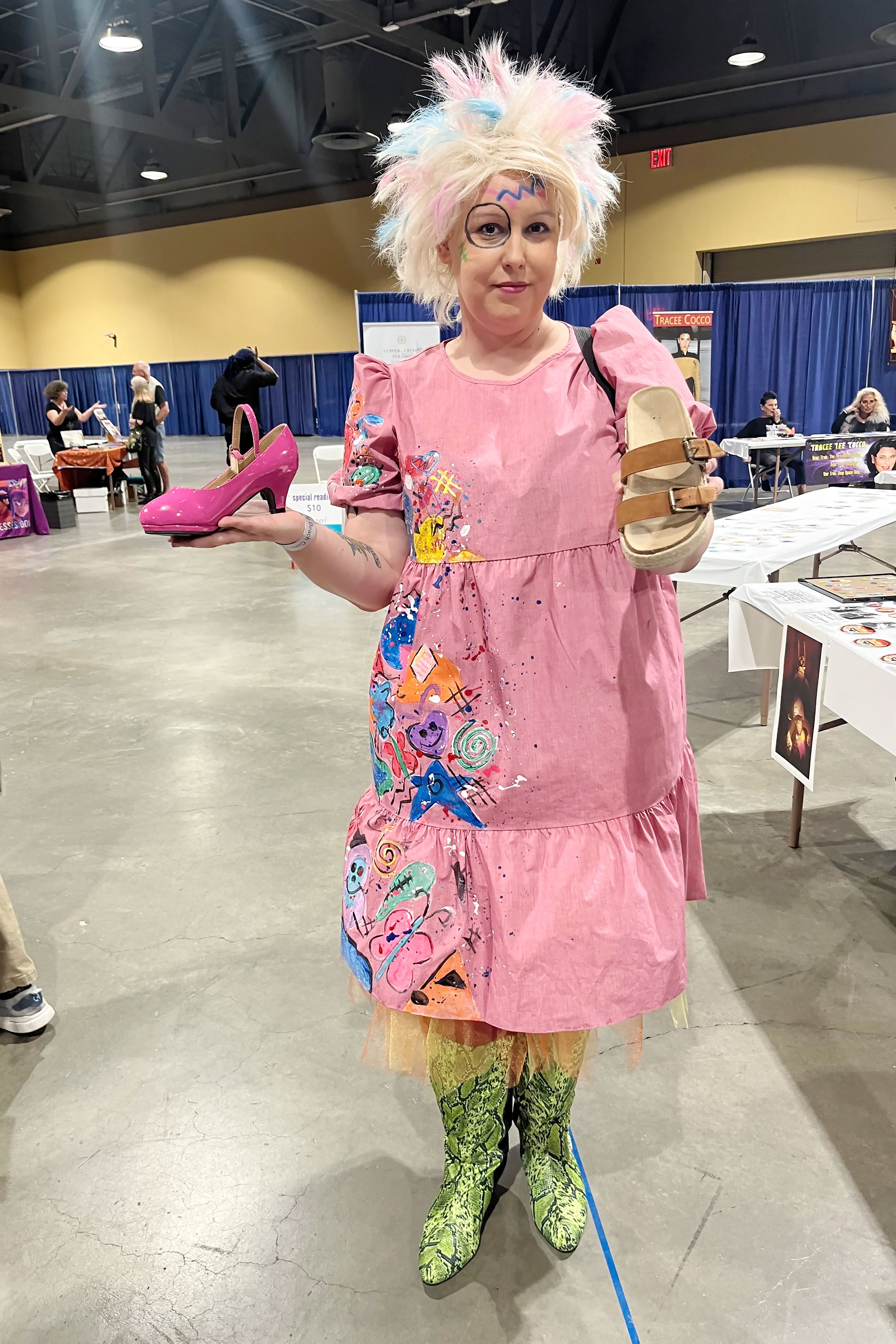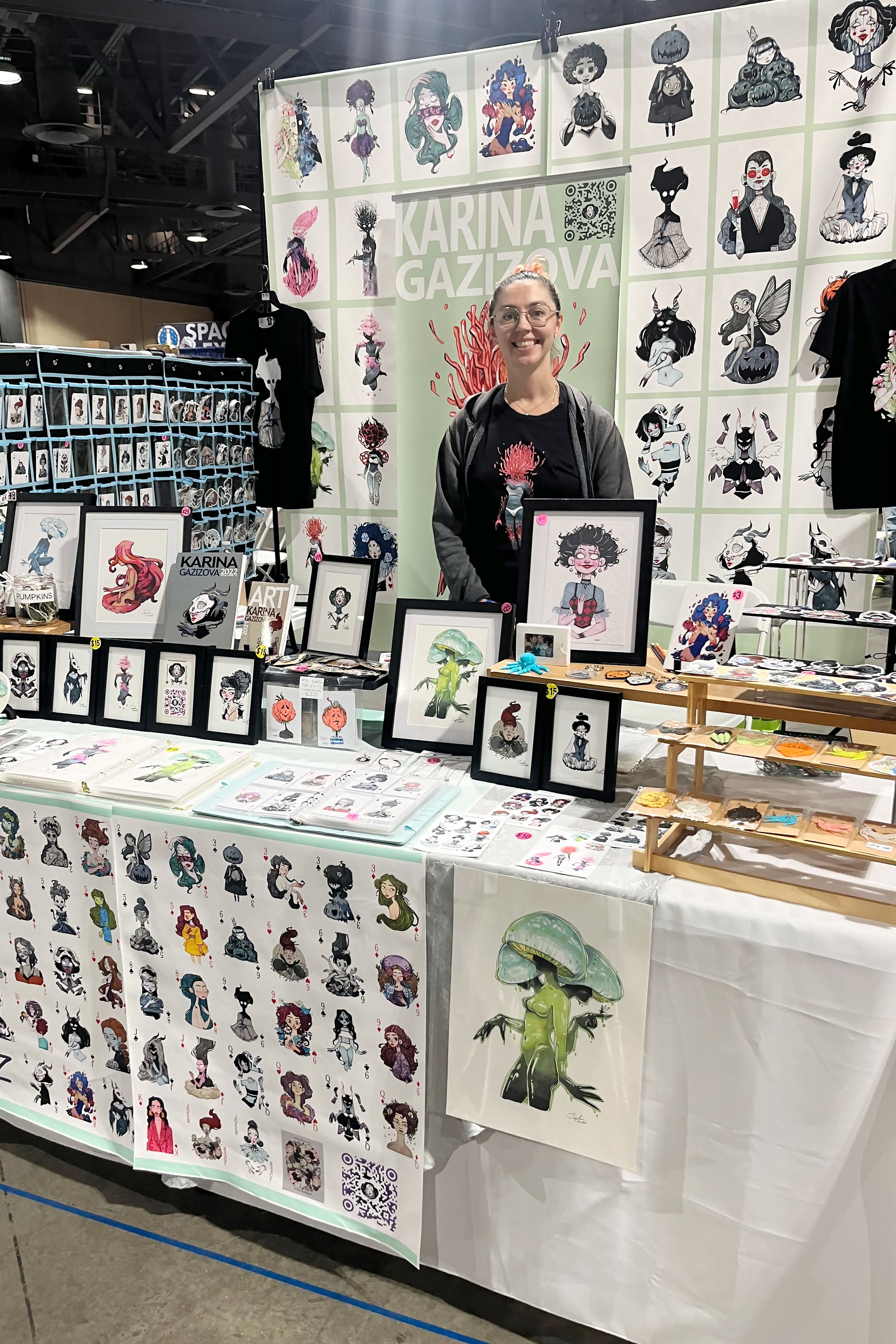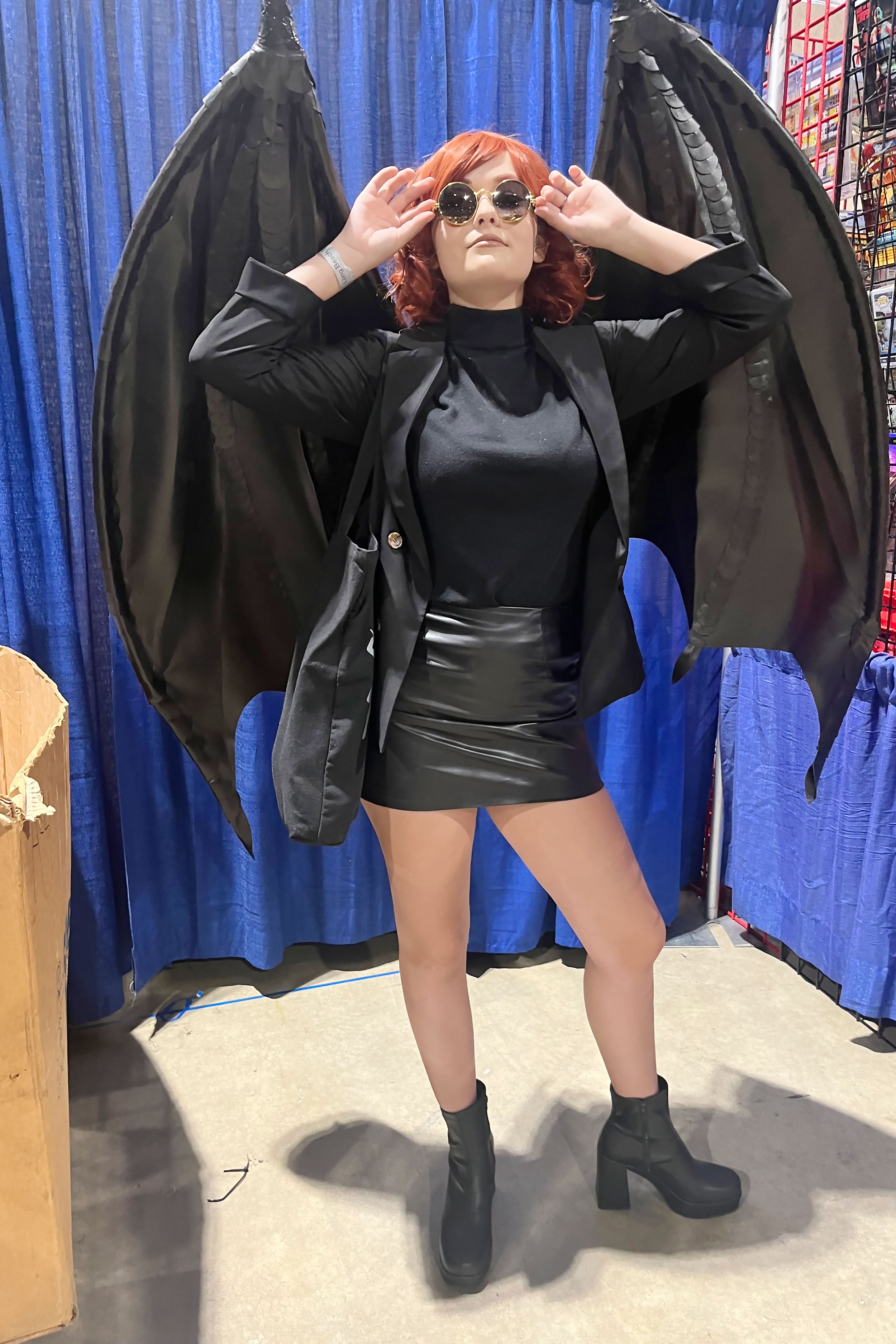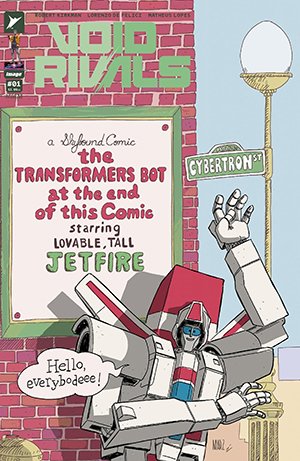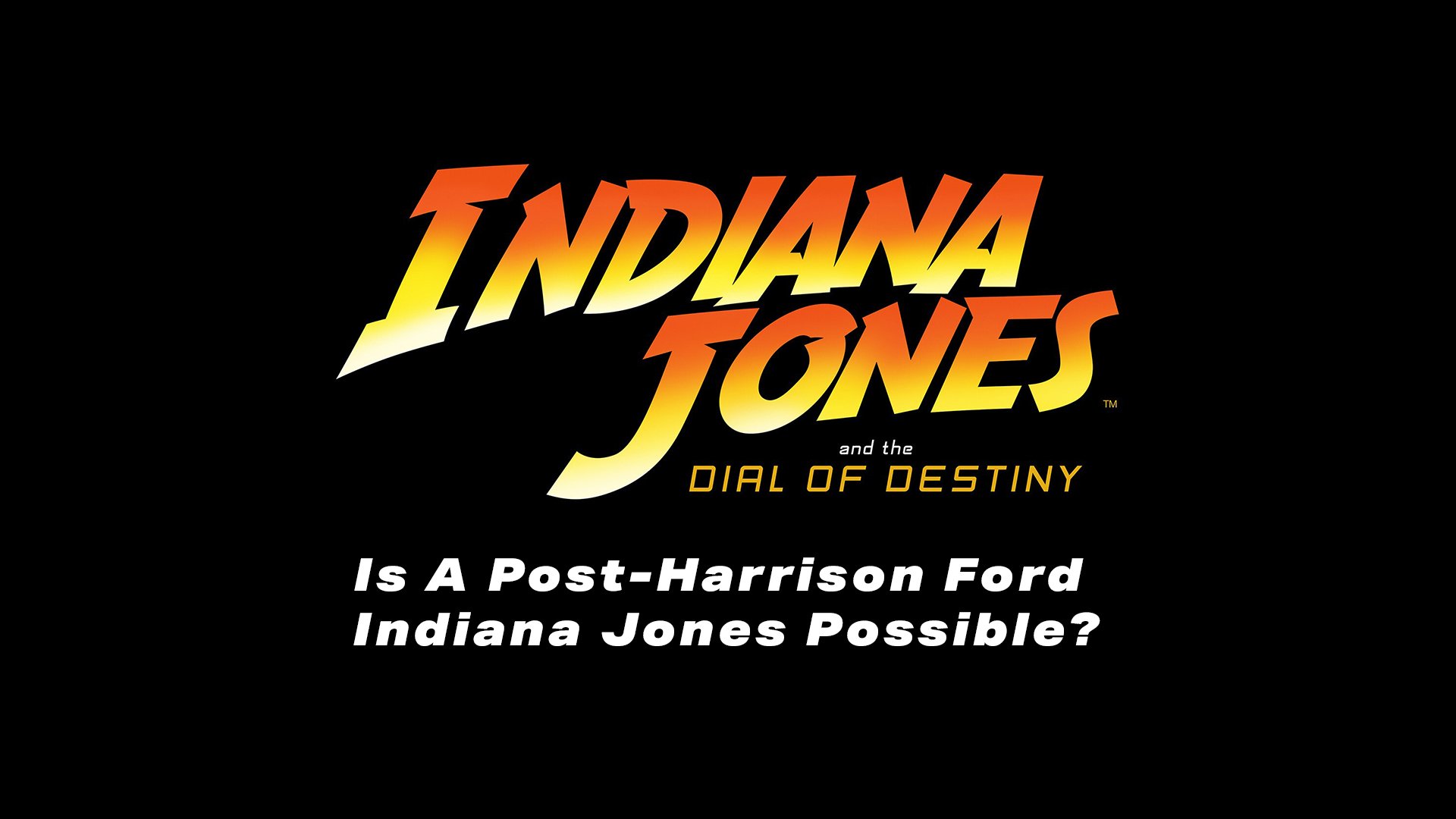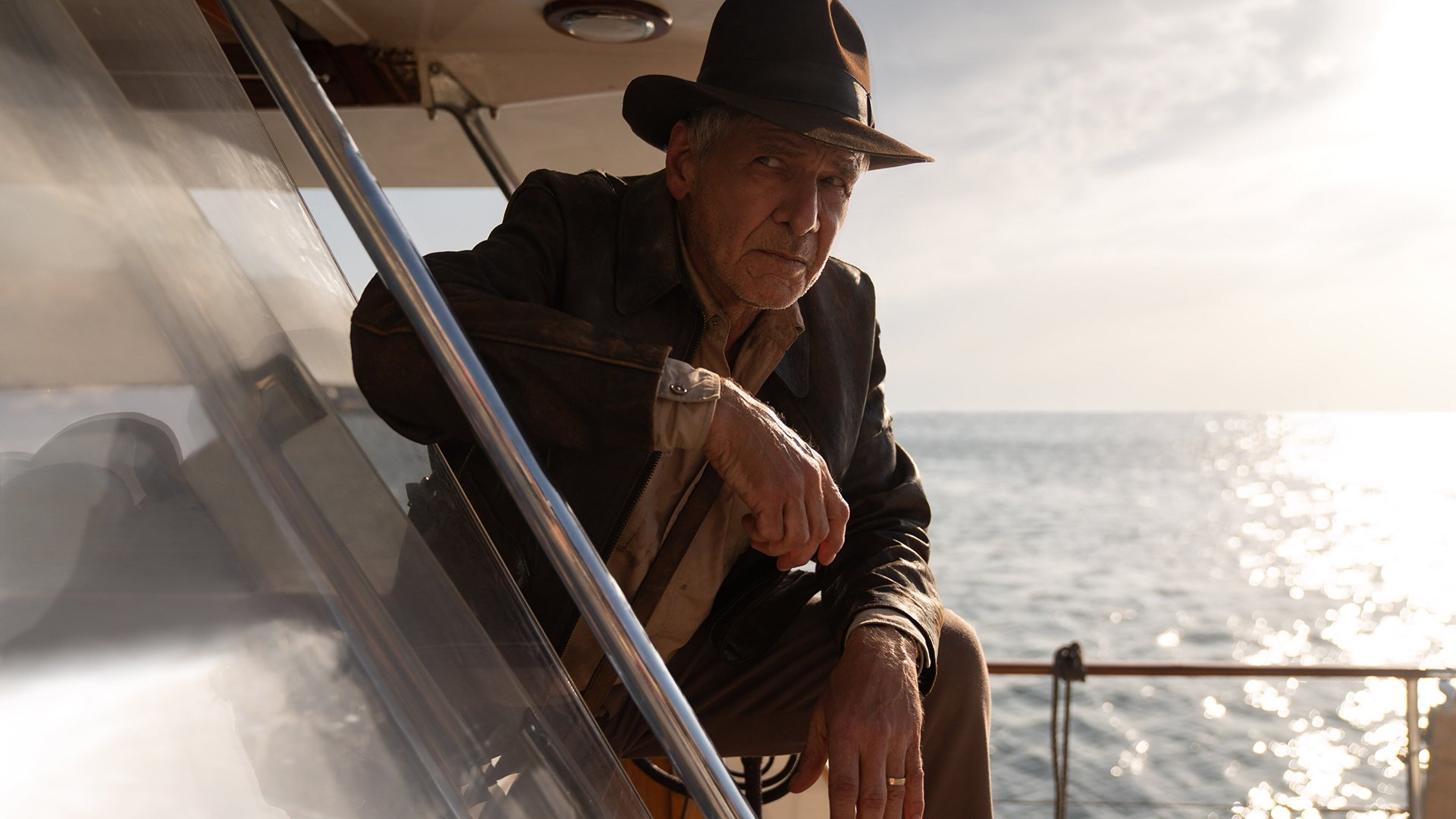By Brandon T. McClure
With June in the USA being pride month many comic book publishers take the opportunity to celebrate their queer characters. Predominantly, DC Comics has published an oversized one-shot consisting of stories centered around their queer characters for many years. This year IDW is joining the fun by releasing an oversized one-shot called Star Trek: Celebrations. This new issue will feature stories written by queer creators, such as Vita Ayala (Children of the Atom), Steve Orlando (Commanders In Crisis), and Mags Visaggio (Cold Bodies), who will tell stories centered around the prominent queer characters in The Star Trek universe. But, just by looking at the cover, there is one show being represented more than the others: Star Trek: Discovery. Sadly this is shining a light on a worrying trend within the Star Trek franchise.
The solicitation for Star Trek: Celebrations reads “IDW proudly presents a one-shot anthology centering and celebrating LGBTQIA+ characters from across the Star Trek universe! Join legendary heroes from each era of the beloved franchise in stories that showcase the strengths of infinite diversity in infinite combinations.” The cover features Paul Stamets (Anthony Rapp), Hugh Culber (Wilson Cruz), Adira (Blu del Barrio), Gray (Ian Alexander), Jett Reno (Tig Notaro), Seven of Nine (Jerry Ryan), Raffi Musiker (Michelle Hurd), Christine Chapel (Jess Bush), Hikaru Sulu (John Cho), Beckett Mariner (Tawny Newsome), and Jennifer Sh'reyan (Lauren Lapkus). That makes five characters from Star Trek: Discovery, two from Star Trek: Lower Decks, two from Star Trek: Picard, one from Star Trek: Strange New Worlds, and one from Star Trek Beyond.
It makes sense that Star Trek: Celebrations wouldn’t use any characters from before 2016's Star Trek Beyond because Star Trek didn’t have any queer main characters, at least none that were “out of the closet”. Looking back on the franchise, fans have speculated that many characters were queer, with some actors, including Andrew Jordt Robinson (Garak on Star Trek: Deep Space Nine) agreeing, which he made known to TrekMovie.com in 2020. While Star Trek didn’t have any queer main characters, it is littered with queer-coded characters and has always had a passionate queer fanbase with their own queer headcanons (Any Spirk shippers out there?). Due to the era in which the shows were made, queerness was relegated to background and subtext. But that began to change in the latter half of the 2010s.
While Star Trek Beyond features Star Trek’s first queer character, it was Star Trek: Discovery’s premiere in 2017 that is most notable in the history of the franchise. Star Trek: Discovery launched a new golden age of Star Trek for the streaming era and immediately made an impact with its historic representation. Star Trek: Discovery has broken down barriers when it comes to positive queer representation since many of the main characters and principal actors belong to the LGBTQIA+ community. For a franchise that has been so progressive in the past, it was severely lacking in queer representation, and Star Trek: Discovery was in a position to change that. With Star Trek: Discovery acting as the “flagship show”, it boldly led the likes of Star Trek: Lower Decks and Star Trek: Picard into a new progressive future. But seven years and five shows later, Paramounts priorities seem to have shifted.
The first season of Star Trek: Picard saw the return of Jerry Ryan as Seven of Nine, a role she originated on Star Trek: Voyager. She became a key player in the series, as did her on-again/off-again girlfriend Raffi Musiker. The final episode of the first season of Star Trek: Picard implied a relationship between Seven and Raffi was beginning to develop. But they broke up between seasons one and two only to spend the entire second season getting back together again. Now the stage was set for the relationship to blossom. Except they broke up again between season two and three. The two of them never spent time together as a real couple and while the end of Star Trek: Picard put them in command of the new USS Enterprise - G, it wasn’t as a couple. Sure, the show could get “brownie points” for putting queer characters in charge of the Federation's flagship, but if it’s not shown on screen, does it count? If Star Trek: Legacy happens, will the two of them get back together, or will the writers spend another season teasing their relationship, only to not take it anywhere?
It’s important to note that while Seven and Raffi weren’t together on screen, there is a story that explores their relationship between seasons one and two of Star Trek: Picard. Written by Kirsten Beyer, Star Trek: Picard - No Man’s Land is a full-cast audiobook that tells the story of the Fenris Rangers asking Seven and Raffi for help with a “beleaguered planet.” For her part, Beyer has written many Star Trek comics and was a co-creator of Star Trek: Picard in season one before Terry Matalis came on board in season two. The inclusion of this audiobook implies that Seven and Raffi are allowed to be complex queer characters, just as long as it’s not on screen. Matalis did try to explain himself by saying that he thinks “Starfleet regulations have a lot to say about them being officially together which is why we had them apart to begin with. We knew we were ending here and that would be a big conflict of interest on the bridge.” So it’s not homophobic, it’s just that the fictional organization of Starfleet told Terry Matalas that they couldn’t be together. To his credit, he did end the statement by saying “will this ABSOLUTELY be a story you want to tell in the future? A story about a Captain who loves her First Officer and vice versa? Absolutely.”
Sometime between seasons two and three of Star Trek: Lower Decks, Becket Mariner and the Andorian Jennifer Sh’reyan formed a romantic relationship. The show didn’t dedicate much time to this relationship but it clearly made Mariner happy and it certainly made the fans happy to see. In the second to last episode of the show, Becket is blamed for a bad interview with a Federation journalist named Victoria Nuzé and Jennifer breaks off the relationship. More than anything, this feels like a story that the creators of Star Trek: Lower Decks wanted to tell, but the finale gives the audience the sense that Mariner is not going to try and get back together with Jennifer. Perhaps it’s got more to do with Mariner’s self-destructive nature and less to do with a decree from Paramount, but the loss of this queer relationship is one more symptom of an ever-growing problem. It’s also very noticeable that Jennifer only appears in the background of season four a handful of times.
While progressive for the time, the original Star Trek struggled when it came to its portrayal of women. Probably none more so than Nurse Christine Chapel. Originally played by Majel Barret, she was often used to support Dr. McCoy in the sick bay and when she wasn’t doing that, she was lovesick for Spock. Flash forward to Star Trek: Strange New Worlds and Christine Chapel once again occupies the Enterprise sick bay, this time played by Jess Bush. It appeared that Star Trek: Strange New Worlds was interested in adding some much-needed depth to this maligned character and one way they decided to do that was to make her bisexual. Jess Bush also identifies as bisexual and was likely interested in exploring that new aspect of the character and delivering positive bi representation to the world of Star Trek. There was plenty of room left to explore the character, her relationships, and history which would add depth and context to her relationship with Spock. Sadly, the second season did away with all of this. All implications of her bisexuality were scrubbed from the scripts and her complicated, and frankly uninteresting relationship with Spock became the primary focus. Much like her original series counterpart.
It's not controversial to say that the online reception to Star Trek: Discovery has, itself, been controversial. However, many Trek fans were delighted to see this kind of representation in their favorite franchise. The world of Star Trek was beginning to look more and more like the beautifully diverse world we live in. A home to many and the next step in realizing Gene Roddenberry’s vision of utopia. But if you look at these shows today you would likely never know that any of these characters listed above are queer. For years a segment of the Trek fandom, spurned on by bad faith actors within the right-wing community, has been bullying the show's creators, actors, and fans due to a perceived agenda to push “identity politics,” a term implying that someone's identity is inherently political, but only serves as a smokescreen to try and hide a more sinister term. Paramount seems to want to desperately please these “fans'' by going back on much of the progress that was made in the initial years. Star Trek: Discovery has been the only show that was able to retain its overt queerness, but much of its last three seasons have been filled with TOS or TNG nostalgia in the hopes of bringing these “fans” back to the franchise.
No matter what happens, characters like Mariner, Chapel, Seven, and Raffi are still queer but because the shows have decided to largely ignore this aspect of their identity, they might as well be straight-coded. It’s not enough to say these characters are gay, bi, or trans. That’s not representation, that’s throwing the fans who want to see themselves represented scraps. These characters mean a lot to fans and it feels like Paramount is trying to force the franchise back into the closet. The frustrating thing about Paramount doing all this is that it’s not going to work. The bigoted fandom will never come back to Star Trek, if they ever watched it all. They’ve all grown up with a weird fictional “apolitical” version of Star Trek and have become the villains in the show they claim to love. Paramount+ is not a streaming giant so they probably feel like they can’t afford to alienate what they believe to be a large section of Trek fans, but all it’s going to do is alienate the ones who do love the franchise and want to see it evolve. Paramount is sending a message to those fans: “You don’t belong in the future, because it makes people mad.”
Last year saw the end of Star Trek: Picard and this year will see the end of Star Trek: Discovery and Star Trek: Lower Decks. After this year, every explicitly queer character will be gone from the Star Trek universe, except for Nurse Chapel. Sure, new shows could pick up the slack and surprise fans with positive representation, but it’s depressing to think that the sole remaining queer character is going to be Nurse Chapel. Since the writers of Star Trek: Strange New Worlds have decided that Chappel’s queer identity (or identity in general if we're being honest with ourselves), is less important than setting up her ill-fated love affair with Spock, all eyes are on future Trek shows and movies. With a Starfleet Academy show and Section 31 film on the horizon, fans are eagerly awaiting to see if they will continue what Star Trek: Discovery started, or will Nurse Chapel be the death knell of queer Trek characters. If the Star Trek: Celebrations comic returns in 2025, will there be new queer characters to add, or will we be seeing the same characters over and over again until the franchise lies dormant again?
A comic book like Star Trek: Celebrations should be a celebration of how far we’ve come in the Star Trek franchise and not a reminder of what we’ve lost. It may be conspiratorial to say that Paramount is targeting queer stories and demanding they not be told, but something is going on, or else these stories wouldn’t be consistently downplayed. Star Trek: Celebrations is a wonderful idea and should be celebrated as the milestone it is, and it’s a shame that it’s made so many realize how little has changed since 2017. The difference between comic book readers and television watchers is in the millions. These milestones should be celebrated on the television shows that inspired generations to look up at the stars and work towards a better tomorrow. It’s important to tell queer stories in every medium, but it’s such a shame that all of the work to showcase queer love and queer stories on the television screen has been relegated to one issue of a comic book in June.

























